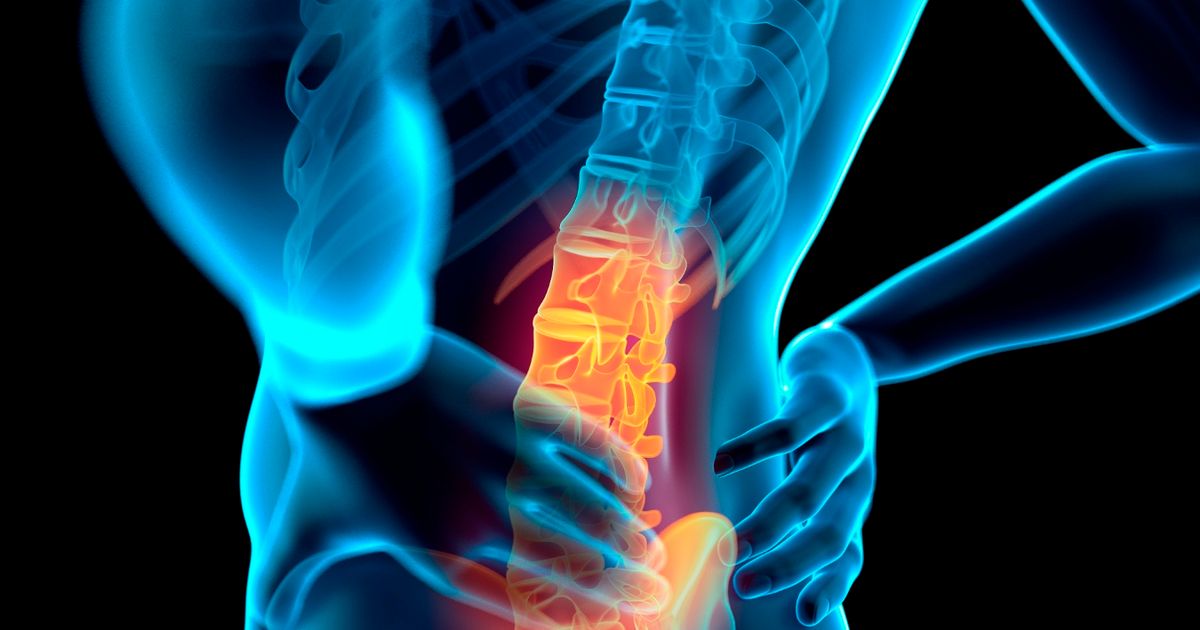Complications And Treatments For A Synovial Cyst
Synovial cysts are fluid-filled sacs that may occur within the spine. Considered a rare or infrequent cause of back or spine pain, synovial cysts are the most common form of spinal cyst. Synovial cysts are part of the degenerative process that occurs with wear and tear of the spine, also known as osteoarthritis. It is a typical assumption that osteoarthritis affects the bone. The truth is, osteoarthritis begins in the soft tissues of the joint, mainly the joint cartilage. As a joint wears and tears, it becomes sloppy and produces more synovial fluid, the fluid that lubricates a joint. This excess motion and wear and tear may eventually cause a synovial cyst to form.
Cauda Equina Syndrome

Cauda equina syndrome is a rare but serious complication of spinal pathologies to the lumbar region. In the lumbar spine, the spinal cord terminates into the cauda equina, a loose bundle of nerves. It occurs when pressure from a synovial cyst, disc herniation, or other pathology causes specific symptoms due to nerve compression. These symptoms affect the saddle and groin and include pain or numbness and tingling. They can also be accompanied by an inability to control bowel or bladder or even sexual dysfunction.
Many result in urgent surgery; however, even with expedient decompression, cauda equina syndrome is known to have poor outcomes in twenty percent of cases. Synovial cysts cannot be detected via basic spinal x-rays. An MRI or CT scan is required, as well as a physical examination by a specialist. The possibility of dangerous outcomes indicates that any suspected synovial cysts should be evaluated by a spinal care specialist, even though most cause little to no symptoms.
Engage In Mild Stretching

Synovial cysts typically remain small and cause little to no symptoms. Their formation is not typically concerning, as they are not cancerous and do not commonly require surgical removal. The vast majority go undetected. Should a synovial cyst become symptomatic, one of the first recommendations is to engage in mild stretching. Improving the flexibility of the individual segments of the spine will often take pressure off the cyst, reducing pain.
Encouraging lengthening of the leg and pelvic muscles impacts the spine greatly, allowing for improvement in mobility and proper function. Stretching should remain painless at all times. Warm up the muscles by increasing circulation before stretching gently to prevent muscle tears.
Facet Or Steroid Injection

A common treatment method for synovial cysts is a facet or steroid injection. These injections are typically performed by an anesthesiologist who specializes in pain management or an orthopedic surgeon. Corticosteroids are some of the most powerful anti-inflammatory medications in use today. This treatment method amplifies their strength by injecting the medication right at the source. Many times, this treatment alone is enough to resolve the symptoms from a synovial cyst. These cysts may cause localized inflammation or swelling within the spinal joints.
Treating them in this fashion resolves the swelling, usually resolving symptoms simultaneously. Performed on an outpatient basis, facet and steroid injections are safe and easily available. Often, these are performed with a twilight anesthesia and fluoroscope, a continuous form of x-ray, to ensure proper localization of the affected area.
Take Pain Medication As Directed

After a thorough evaluation, the treating physician may recommend pain medication. It is important to take pain medication as directed to both promote effective treatment as well as to prevent negative consequences. Not all pain medications are typically addictive, but a conversation with a physician is still recommended when pain medication is prescribed. Remember, all medications have proper usage. All medications have a time and place for their safe and effective use. A physician is highly trained to assess the appropriate circumstances for the use of each and every medication.
Try Hot Or Cold Therapy

With most spinal complaints, home care is recommended. During the early treatment phases of a synovial cyst, it is a good choice to try hot or cold therapy. These therapies may be utilized individually or in conjunction with one another. Cold therapy is a strong anti-inflammatory. Hot therapy feels amazing on tight, sore muscles. It is often a good way to improve mobility and assist in that stretching that is also recommended. A reasonable place to begin is with cold therapy for fifteen to twenty minutes.
Afterward, individuals should remove the cold pack and let the body return to normal body temperature for forty minutes. If the discomfort has not eased, they may try hot therapy and should apply the warm heating pad for fifteen to twenty minutes before removing. Hot therapy must be moist heat. This may be accomplished with heating pads that warm in the microwave or those that plug in. Individuals should not, however, place the cold pack or heating pad directly on their skin. A towel layer between the compress and the skin is recommended.
